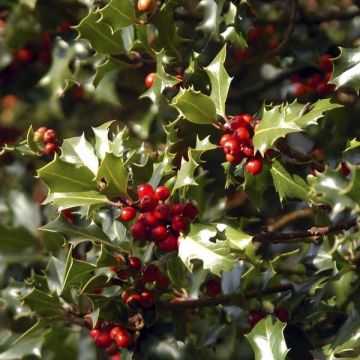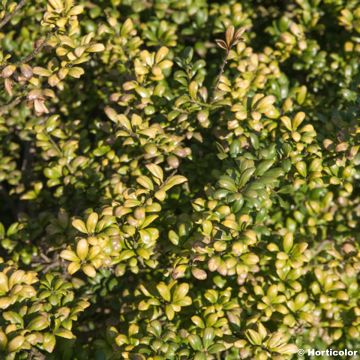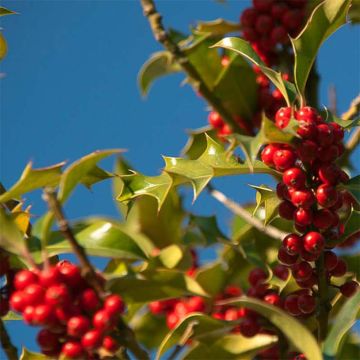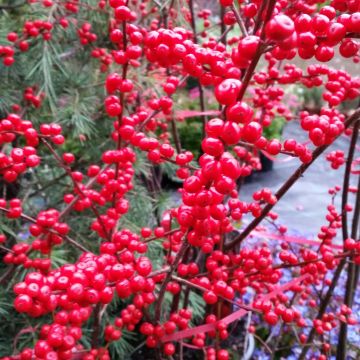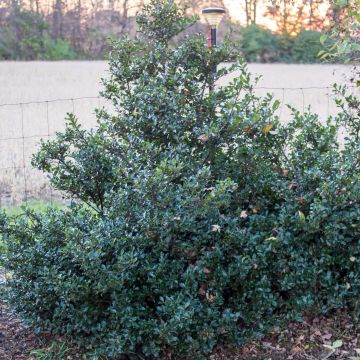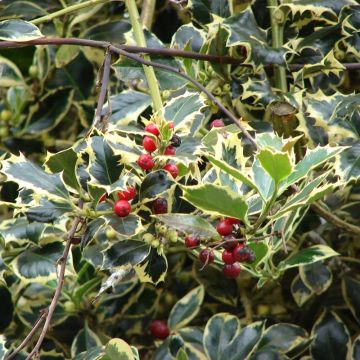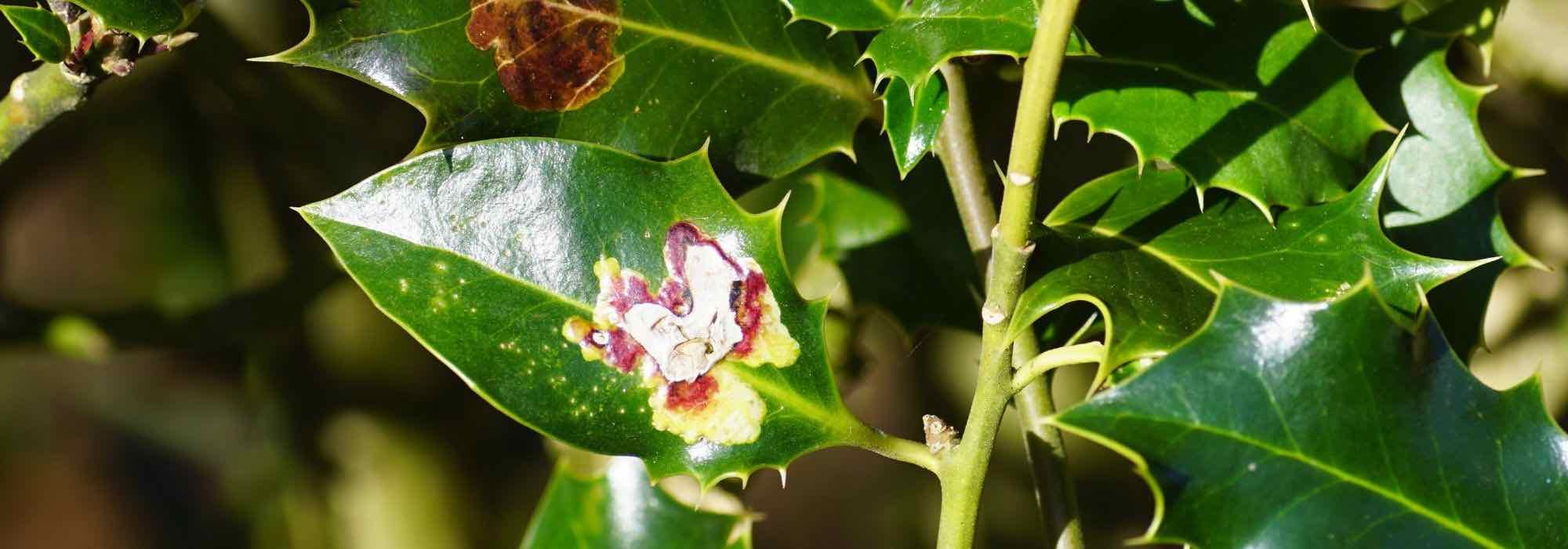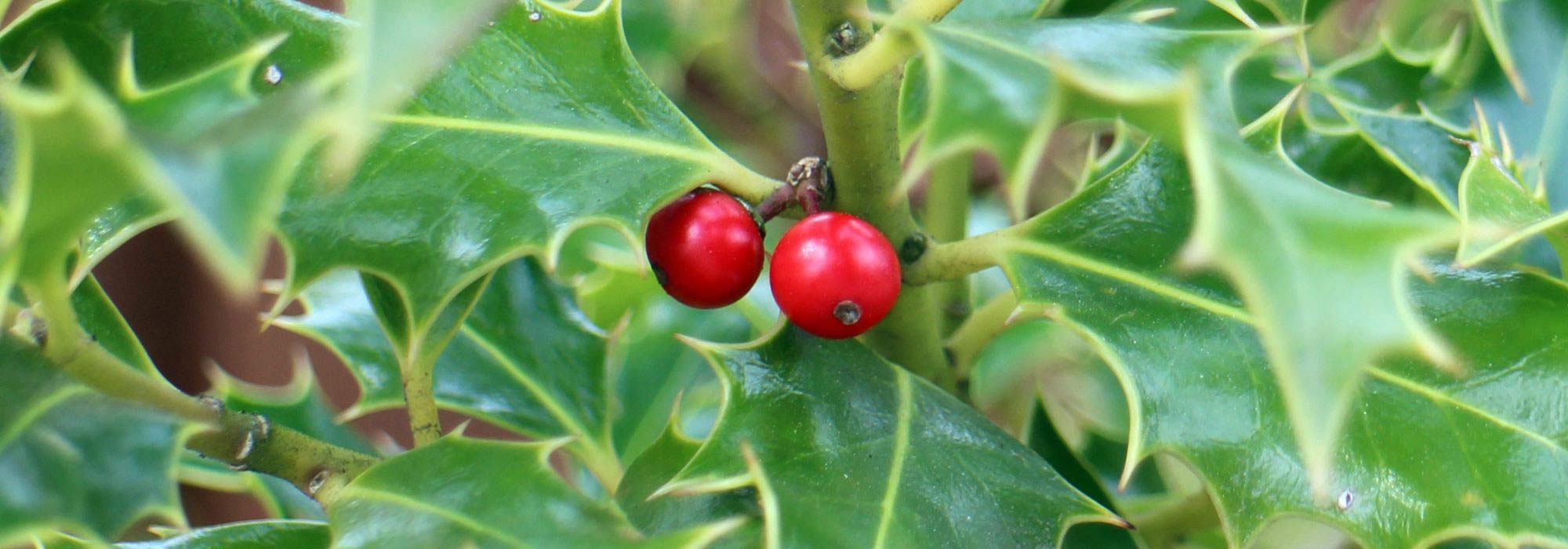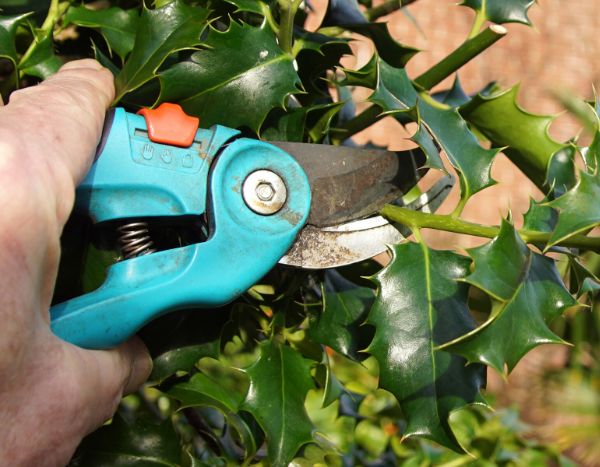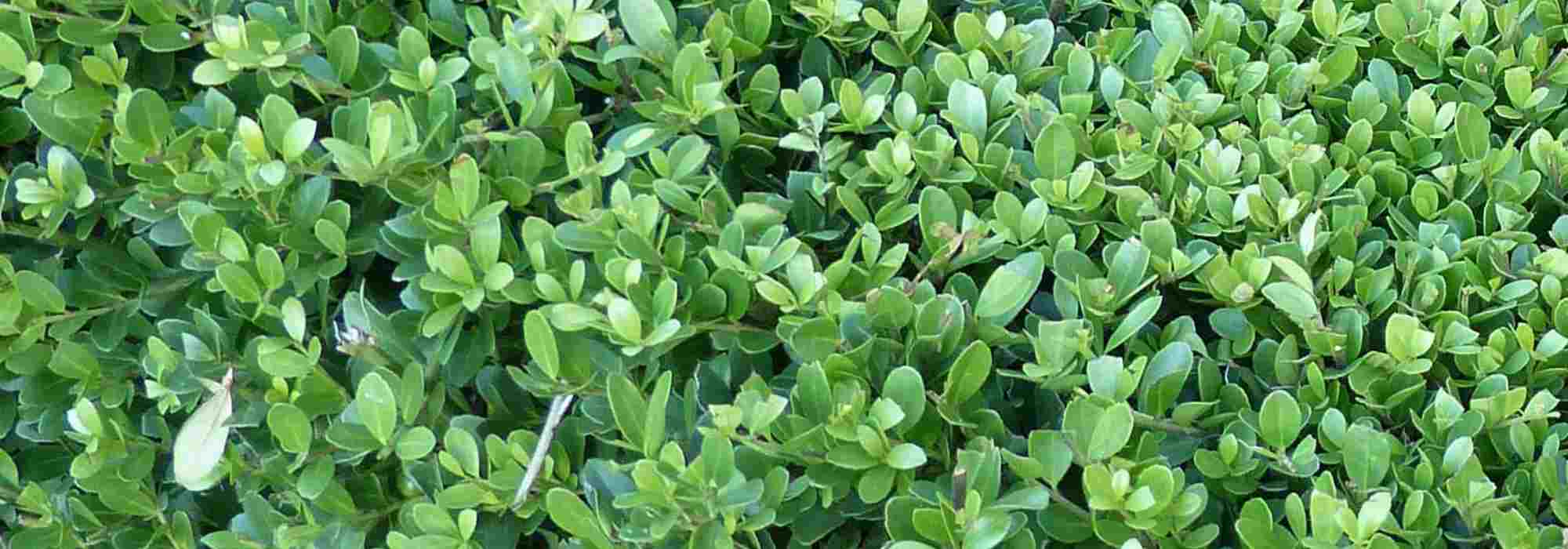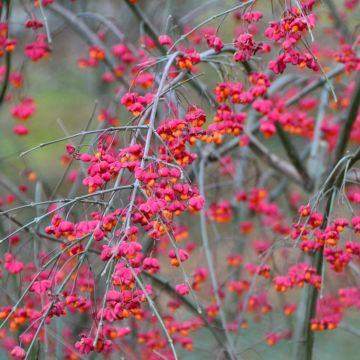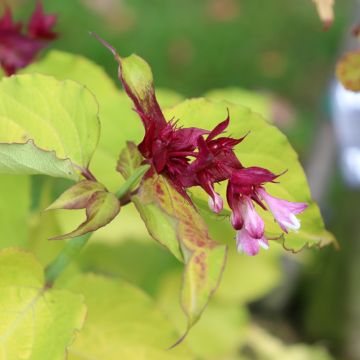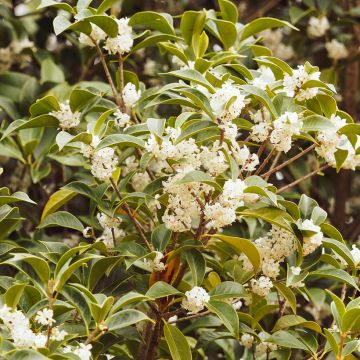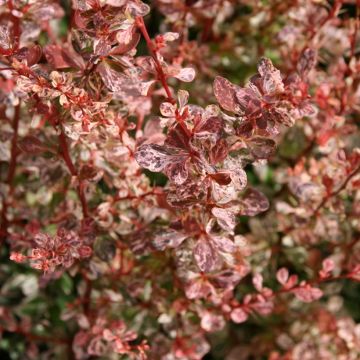

Ilex meserveae Mesid - Blue Holly
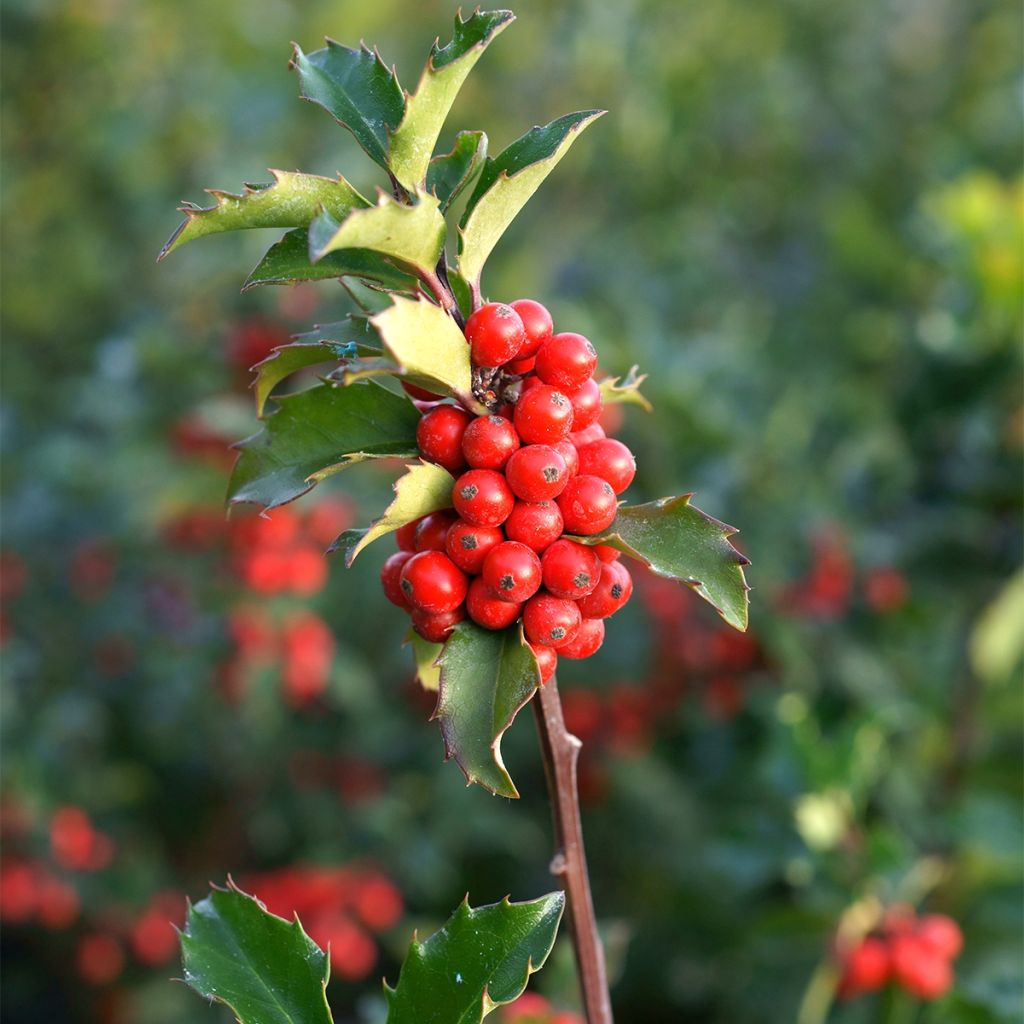

Ilex meserveae Mesid - Blue Holly
Ilex meserveae Mesid - Blue Holly
Ilex x meserveae Mesid
Blue Holly, Meserve Holly
Special offer!
Receive a €20 voucher for any order over €90 (excluding delivery costs, credit notes, and plastic-free options)!
1- Add your favorite plants to your cart.
2- Once you have reached €90, confirm your order (you can even choose the delivery date!).
3- As soon as your order is shipped, you will receive an email containing your voucher code, valid for 3 months (90 days).
Your voucher is unique and can only be used once, for any order with a minimum value of €20, excluding delivery costs.
Can be combined with other current offers, non-divisible and non-refundable.
Home or relay delivery (depending on size and destination)
Schedule delivery date,
and select date in basket
This plant carries a 24 months recovery warranty
More information
We guarantee the quality of our plants for a full growing cycle, and will replace at our expense any plant that fails to recover under normal climatic and planting conditions.
Would this plant suit my garden?
Set up your Plantfit profile →
Description
Ilex x meservae 'Mesid' is a variety of female holly with dense blue-green foliage. It grows quite slowly, eventually forming a beautiful shrub, adorned with its evergreen leaves and red fruits in autumn and winter. It is a plant suited for acidic to neutral soils that cannot tolerate limestone or drought. Once these conditions are met, it requires almost no maintenance and can thrive in both full sun and partial shade. Very hardy, its limited growth is well-suited for small gardens.
The genus Ilex is the only member of the Aquifoliaceae family, but it comprises several hundred species. Ilex x meservae is a hybrid obtained in the United States (Long Island, New York) in the 1950s by Kathleen Meserve, crossing Ilex aquifolium and Ilex rugosa. Ilex aquifolium is the Common Holly that can be found in forests up to an altitude of 1500 m (4921 ft 4 in). Thriving in the coolness of the undergrowth, this species can live for several hundred years and is characterised by its dark green, leathery, spiny leaves, as well as its decorative red berries on female plants. Ilex rugosa is a small shrub with narrow leaves that are quite different from the common holly. Native to Japan and Sakhalin Island, it grows in full sun or partial shade and can withstand temperatures as low as -40°C (-40 °F)! Usually not exceeding 60 cm (23.6 in) in height, it has a spreading or prostrate habit.
Ilex x meservae 'Mesid' is also known as 'Blue Maid' due to the slightly bluish tint of its foliage. This is a common characteristic of Meserve hollies, which is why they are referred to as 'Blue Holly' by English gardeners. This Mesid holly grows at a medium rate during the first few years, then slows down to become denser. Eventually, it forms a conical or more or less pyramidal bush, reaching a height of about 3.50 m (11 ft 6 in) to 4 m, with a spread of about half its height. Its foliage is a mix of its two parents, wider than that of Ilex rugosa but much less spiny than that of Ilex aquifolium. In fact, it is more toothed than spiny, which is rather advantageous.
Being a female variety (hollies are dioecious, with plants either male or female), this Mesid holly produces attractive red decorative berries. Please note that these spherical fruits are toxic to humans and remain throughout part of the winter before being consumed by birds. The flowers that bloom in May-June will develop into fruits provided they are pollinated by a male holly, such as the variety 'Heckenstar', 'Blue Prince', or 'Little Rascal'.
This decorative Mesid holly can potentially be used as a hedge, but it is better suited for mixed borders. Care should be taken to associate it with other slow-growing shrubs so as not to hinder its development. Witch Hazels can be used to create stunning winter scenes, combining their spidery, yellow, orange, or red blooms with the beautiful red berries of our holly. With a similar growth rate and development, they make great companions. Kalmias with their superb spring blooms also coexist very well, as do the magnificent Camellias with their varied colours and flowering periods, allowing for an attractive scene throughout the year.
Ilex meserveae Mesid - Blue Holly in pictures


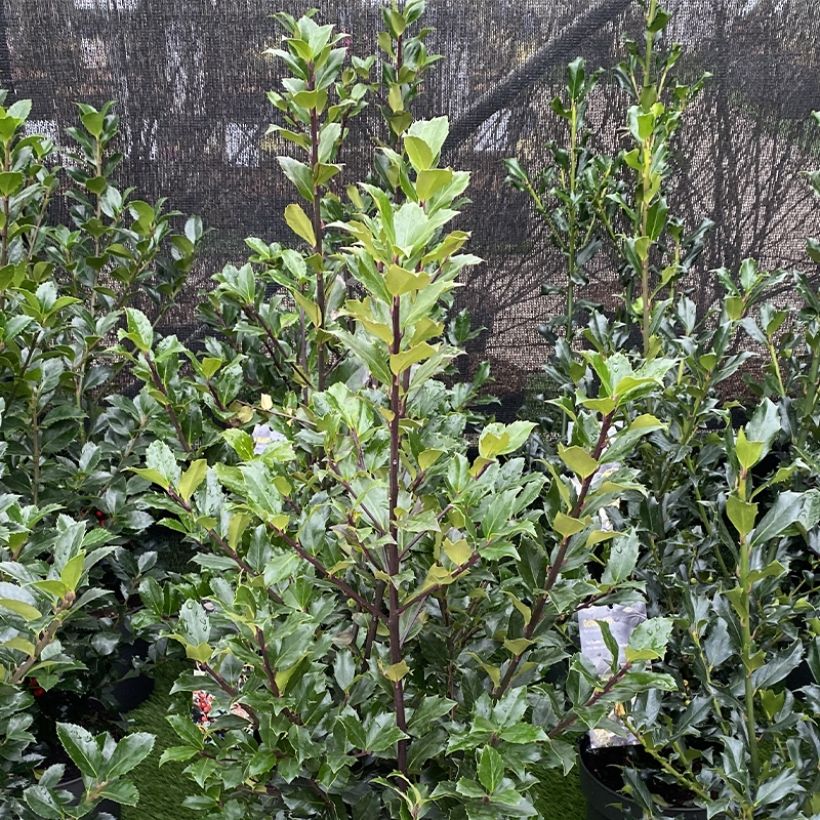



Plant habit
Flowering
Foliage
Botanical data
Ilex
x meserveae
Mesid
Aquifoliaceae
Blue Holly, Meserve Holly
Cultivar or hybrid
Other Ilex - Holly
View all →Planting and care
This holly can be planted in full sun or partial shade, but prefers a non-calcareous and not too compact soil. A humus-rich neutral soil will suit it well, as will an acidic soil. It doesn't like it too dry and will grow better in moist or even wet soil. Soak the root ball in a bucket for 20 minutes before planting to ensure it is well saturated. In the meantime, dig a hole about 50 or 60 cm (19.7 or 23.6 in) wide and deep, and add about thirty litres of planting compost mixed with the existing soil. Water, position the root ball so that the surface of the compost is at the same level as the ground, fill in the hole around the root ball, and water again.
This shrub should be planted in spring or autumn, taking care to choose its final location well, as it does not tolerate transplanting. Water each summer and during hot periods, and add a bit of compost on the surface once a year in spring to maintain a certain level of soil moisture and enrich it with organic matter.
Planting period
Intended location
Care
Planting & care advice
This item has not been reviewed yet - be the first to leave a review about it.
Similar products
Haven't found what you were looking for?
Hardiness is the lowest winter temperature a plant can endure without suffering serious damage or even dying. However, hardiness is affected by location (a sheltered area, such as a patio), protection (winter cover) and soil type (hardiness is improved by well-drained soil).

Photo Sharing Terms & Conditions
In order to encourage gardeners to interact and share their experiences, Promesse de fleurs offers various media enabling content to be uploaded onto its Site - in particular via the ‘Photo sharing’ module.
The User agrees to refrain from:
- Posting any content that is illegal, prejudicial, insulting, racist, inciteful to hatred, revisionist, contrary to public decency, that infringes on privacy or on the privacy rights of third parties, in particular the publicity rights of persons and goods, intellectual property rights, or the right to privacy.
- Submitting content on behalf of a third party;
- Impersonate the identity of a third party and/or publish any personal information about a third party;
In general, the User undertakes to refrain from any unethical behaviour.
All Content (in particular text, comments, files, images, photos, videos, creative works, etc.), which may be subject to property or intellectual property rights, image or other private rights, shall remain the property of the User, subject to the limited rights granted by the terms of the licence granted by Promesse de fleurs as stated below. Users are at liberty to publish or not to publish such Content on the Site, notably via the ‘Photo Sharing’ facility, and accept that this Content shall be made public and freely accessible, notably on the Internet.
Users further acknowledge, undertake to have ,and guarantee that they hold all necessary rights and permissions to publish such material on the Site, in particular with regard to the legislation in force pertaining to any privacy, property, intellectual property, image, or contractual rights, or rights of any other nature. By publishing such Content on the Site, Users acknowledge accepting full liability as publishers of the Content within the meaning of the law, and grant Promesse de fleurs, free of charge, an inclusive, worldwide licence for the said Content for the entire duration of its publication, including all reproduction, representation, up/downloading, displaying, performing, transmission, and storage rights.
Users also grant permission for their name to be linked to the Content and accept that this link may not always be made available.
By engaging in posting material, Users consent to their Content becoming automatically accessible on the Internet, in particular on other sites and/or blogs and/or web pages of the Promesse de fleurs site, including in particular social pages and the Promesse de fleurs catalogue.
Users may secure the removal of entrusted content free of charge by issuing a simple request via our contact form.
The flowering period indicated on our website applies to countries and regions located in USDA zone 8 (France, the United Kingdom, Ireland, the Netherlands, etc.)
It will vary according to where you live:
- In zones 9 to 10 (Italy, Spain, Greece, etc.), flowering will occur about 2 to 4 weeks earlier.
- In zones 6 to 7 (Germany, Poland, Slovenia, and lower mountainous regions), flowering will be delayed by 2 to 3 weeks.
- In zone 5 (Central Europe, Scandinavia), blooming will be delayed by 3 to 5 weeks.
In temperate climates, pruning of spring-flowering shrubs (forsythia, spireas, etc.) should be done just after flowering.
Pruning of summer-flowering shrubs (Indian Lilac, Perovskia, etc.) can be done in winter or spring.
In cold regions as well as with frost-sensitive plants, avoid pruning too early when severe frosts may still occur.
The planting period indicated on our website applies to countries and regions located in USDA zone 8 (France, United Kingdom, Ireland, Netherlands).
It will vary according to where you live:
- In Mediterranean zones (Marseille, Madrid, Milan, etc.), autumn and winter are the best planting periods.
- In continental zones (Strasbourg, Munich, Vienna, etc.), delay planting by 2 to 3 weeks in spring and bring it forward by 2 to 4 weeks in autumn.
- In mountainous regions (the Alps, Pyrenees, Carpathians, etc.), it is best to plant in late spring (May-June) or late summer (August-September).
The harvesting period indicated on our website applies to countries and regions in USDA zone 8 (France, England, Ireland, the Netherlands).
In colder areas (Scandinavia, Poland, Austria...) fruit and vegetable harvests are likely to be delayed by 3-4 weeks.
In warmer areas (Italy, Spain, Greece, etc.), harvesting will probably take place earlier, depending on weather conditions.
The sowing periods indicated on our website apply to countries and regions within USDA Zone 8 (France, UK, Ireland, Netherlands).
In colder areas (Scandinavia, Poland, Austria...), delay any outdoor sowing by 3-4 weeks, or sow under glass.
In warmer climes (Italy, Spain, Greece, etc.), bring outdoor sowing forward by a few weeks.































